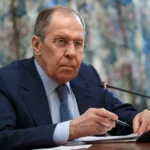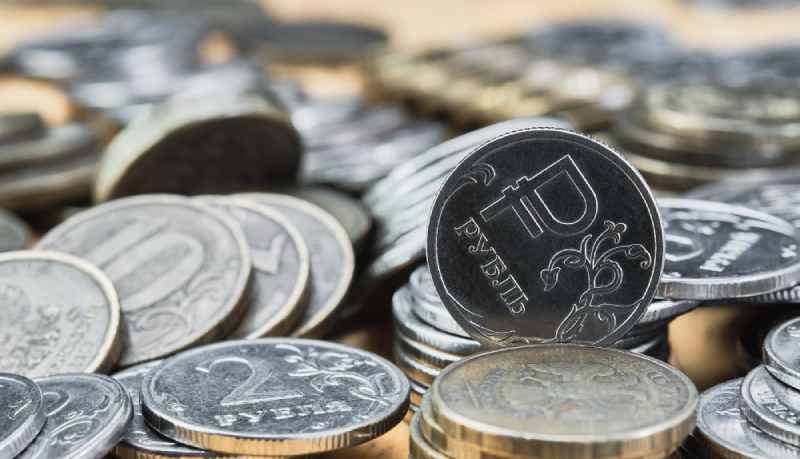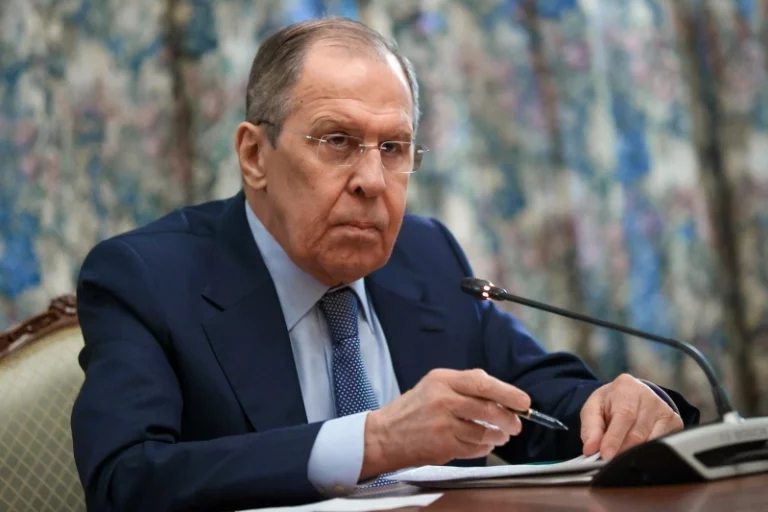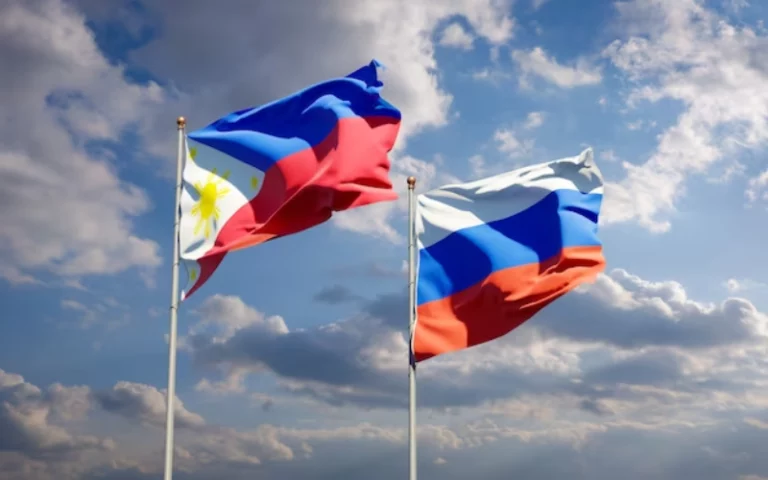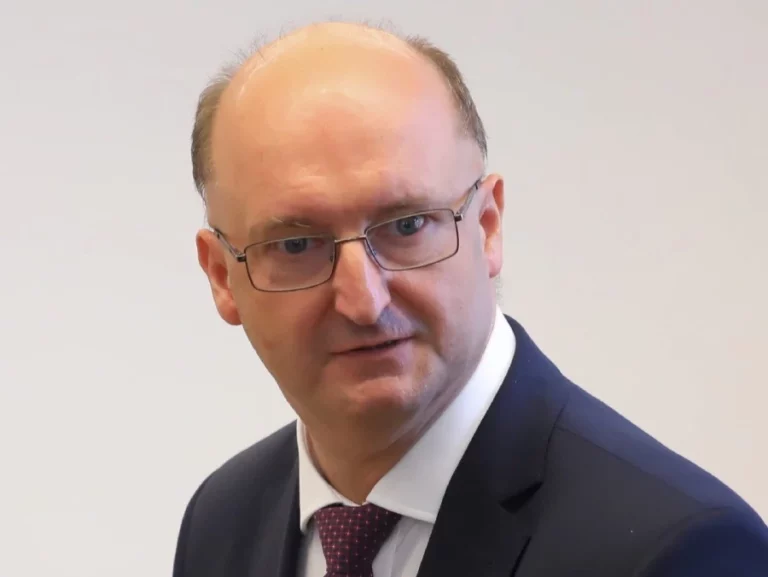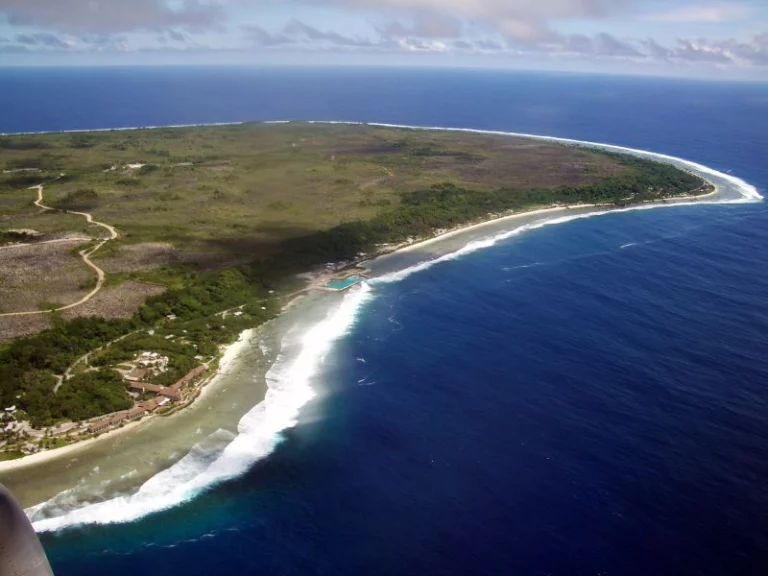The Central Bank of Russia has increased its key lending rate by one percentage point to 13%, following a prior significant hike just a month ago. This decision is primarily driven by persistent concerns about inflation and the ongoing struggle of the Russian ruble against the U.S. dollar. In August, the central bank had raised the lending rate to 12%, marking a substantial jump of 3.5 percentage points in response to the ruble’s depreciation against the dollar, reaching a rate of 100 rubles to the greenback.
Weakening
Despite a mild improvement in the ruble’s exchange rate following the previous rate hike, it remains relatively weak, currently hovering at approximately 95 rubles to the dollar. This is considerably weaker than its position a year ago when it was trading at around 60 rubles to the U.S. currency.
The central bank’s decision to raise borrowing costs is primarily aimed at combating rising prices as Russia experiences an increase in imports and a decrease in exports, particularly of vital commodities like oil and natural gas. Factors such as escalating defense expenditures and the impact of sanctions have contributed to this shift. A reduced trade surplus, resulting from importing more and exporting less, traditionally exerts downward pressure on a country’s currency.
Source
Ruslan Grinberg, the scientific director of the Institute of Economics of the Russian Academy of Sciences, noted, “Export revenues from oil sales are our most important source of income. These incomes have already decreased by about 40-45 per cent, and it looks like this trend will continue.”
Unemployment, or rather the lack thereof, presents a unique challenge in Russia. Even before the conflict in Ukraine, Russia faced a demographic issue with a low birth rate, resulting in a smaller available workforce. The war has exacerbated this situation, prompting a migration of talent to former Soviet states like Georgia and the conscription of many men into the military.
Working at limit
Alexandra Prokopenko, from the Berlin-based Center for East European and International Studies, observed, “The Russian economy is working at the limit, at the absolute limit of its capabilities. And this can be verified, first of all, by such an indicator as unemployment, which is at historically low levels. This means that there is literally no one to work in the country. When there is no one to work, it means that production capacity is pushed beyond reasonable limits. So the Russian economy is trying its best to overcome the pressure it’s facing after Vladimir Putin decided to invade Ukraine.”
Despite these challenges, the Russian government has recently revised its economic growth forecast for 2023, anticipating a growth rate of 2.8%. Furthermore, they predict that GDP will increase by 2.3% in the following year. These forecasts offer a glimpse into Russia’s economic resilience amid various internal and external pressures.

